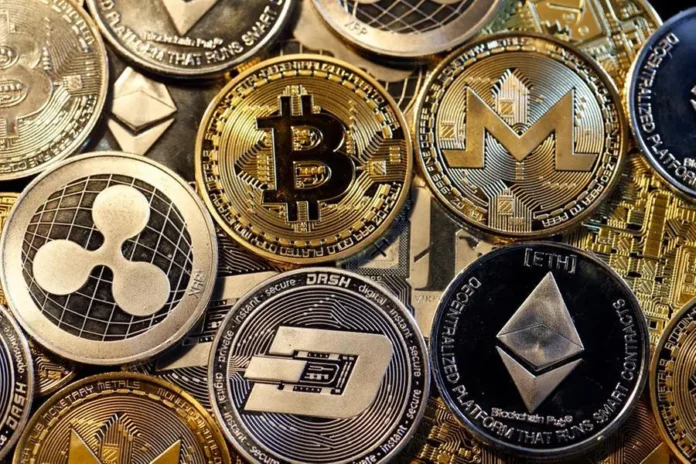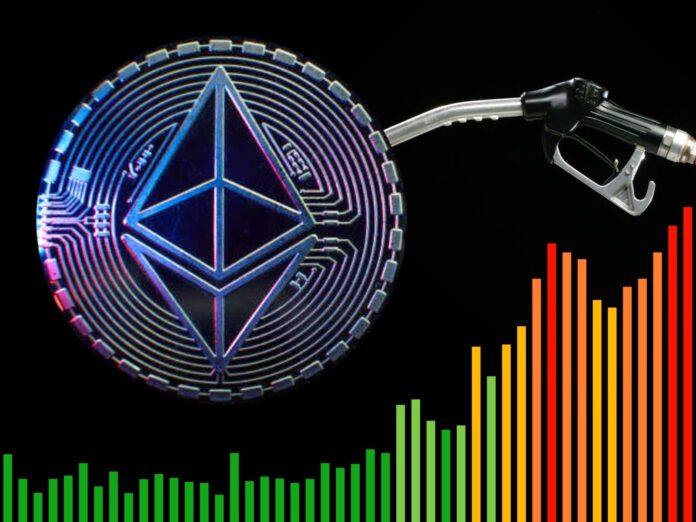
The world of cryptocurrencies and blockchain technology comes loaded with specialized vocabulary and technical jargon that can seem confusing to newcomers. To help you navigate this space, here’s a quick guide to many of the keywords and phrases you’ll frequently encounter!
What Is Bitcoin?
Bitcoin with a capital “B” refers specifically to the original cryptocurrency created in 2009 by the pseudonymous Satoshi Nakamoto. It pioneered concepts like decentralized digital money and blockchain ledgers. Bitcoin functions as a peer-to-peer digital cash allowing online payments between any two parties without banks.
What Is A Blockchain?
A blockchain is a decentralized digital ledger that records transactions in immutable, cryptographically linked blocks across a peer-to-peer network of computers. This allows assets and data to be securely stored and exchanged without central institutions. Blockchain enables Bitcoin and most cryptocurrencies.
What Is A Cryptocurrency?

A cryptocurrency is a digital money secured by cryptography that is recorded on a blockchain ledger. Unlike government currencies like the British pound, cryptocurrencies are decentralized and not controlled by any central bank or authority. Bitcoin was the first major cryptocurrency, but thousands now exist.
What Are Altcoins?
Altcoins refers to any cryptocurrencies that aim to function as alternatives to Bitcoin. Most altcoins also leverage blockchain technology similar to Bitcoin’s model. Popular altcoins include Ethereum, XRP, Cardano, Dogecoin, Solana and Polkadot. Altcoiner refers to someone who invests primarily in altcoins rather than Bitcoin.
If you want to learn more about altcoins and the latest bitcoin news, head over to Bitcoinist. They’ve got all the latest BTC news as well as a lot of information and resources to help you learn more and stay ahead of the game. Read more at bitcoinist.com.
What Is A Crypto Wallet?
A crypto wallet is software that allows users to store the private keys controlling their cryptocurrency holdings and enables them to securely interact with blockchain networks to send, receive and monitor their balances. Wallets can be hosted online, on devices, or paper.
What Are Private And Public Keys?
Every crypto wallet contains a public key address others can send funds to, and a private key only the owner can use to sign and authorize transactions to send funds out of the wallet. The private key functions like a PIN code and must be kept extremely secure.
What Is An Exchange?

A cryptocurrency exchange is an online platform that allows users to buy, sell and trade various cryptocurrencies using government currencies like pounds or dollars. Exchanges also provide cryptocurrency storage and wallet services, similar to brokerages. Remember that different exchanges are aimed at different experience levels and locations, so it’s important to do your research before you dive in.
What Does HODL Mean?
HODL is crypto slang meaning to hold or keep your cryptocurrency investments long-term rather than actively trading them. It originated from a typo for “HOLD” on a Bitcoin forum during an early price slump. HODLing has become a popular strategy for believers in a coin’s long-term potential.
What Are Whales?
In crypto markets, whales are investors that hold extremely large amounts of a particular cryptocurrency relative to the total supply. Their actions can heavily influence prices and trading volumes. Microstrategy holding over $5 billion in Bitcoin is a corporate whale example.
What Is A Bull Market And Bear Market?
A bull market refers to a sustained period of rising crypto prices and positive sentiment, while a bear market means prices are falling and sentiment is negative. Bull and bear refer to the way the animals attack, with bulls thrusting horns upward and bears swiping downward.
What Is A 51% Attack?

A 51% attack refers to a blockchain network being overtaken by an entity controlling 51% of mining power and voting rights. They could then reverse transactions and double-spend. Most modern cryptocurrencies make such attacks impractical, but 51% of attacks do occur.
What Is Mining?
Mining refers to the process of computers performing complex calculations to verify blocks of transactions on proof-of-work blockchains like Bitcoin and Ethereum. Miners who solve the cryptographic puzzles are rewarded with newly created cryptocurrency. Specialized hardware is now required.
What Is A Fork?
A fork refers to a major change in a blockchain’s protocol that splits it into two paths going forward. Hard forks like Bitcoin Cash permanently split the network. Soft forks like SegWit are backwards compatible so the network remains united.
What Is Staking?
Staking involves locking up holdings of a proof-of-stake cryptocurrency to help validate network transactions in return for crypto rewards similar to mining yields. Staking allows earning passive income on long-term crypto holdings.
What Is FUD?

FUD stands for fear, uncertainty and doubt – a crypto acronym referring to negative publicity or propaganda intended to create panic and drive asset prices down. FUDsters deliberately spread exaggerated or misleading claims against a coin to profit from resulting fear selling.
What Are Dapps?
Dapps are decentralized applications built on smart contract blockchains like Ethereum. They are open-source software programs enabling functions like games, DeFi, social networks and more to operate without central intermediaries.
What Is An Airdrop?
Airdrops are free distributions of new cryptocurrency assets directly to the wallets of existing coin-holders as a promotional strategy. Projects airdrop-free tokens to raise awareness and achieve widespread initial adoption. Holders benefit from selling the asset.
What Is Gas?

On Ethereum, gas refers to the small cryptocurrency amounts needed to pay for conducting transactions or running smart contracts on the network. Gas prices fluctuate based on network congestion. Failed transactions are refunded for the gas spent.
What Is A Layer 2?
Layer 2 refers to secondary frameworks that connect to an underlying blockchain network to enable faster transactions by handling them off the main chain before bundling data back periodically. Examples include the Lightning Network for Bitcoin and Optimistic Rollups for Ethereum.
Hopefully, this vocabulary primer removes some of the initial confusion surrounding the crypto and blockchain space! Mastering these key terms and concepts will make navigating the world of Bitcoin, Ethereum and decentralized technologies much more accessible.











